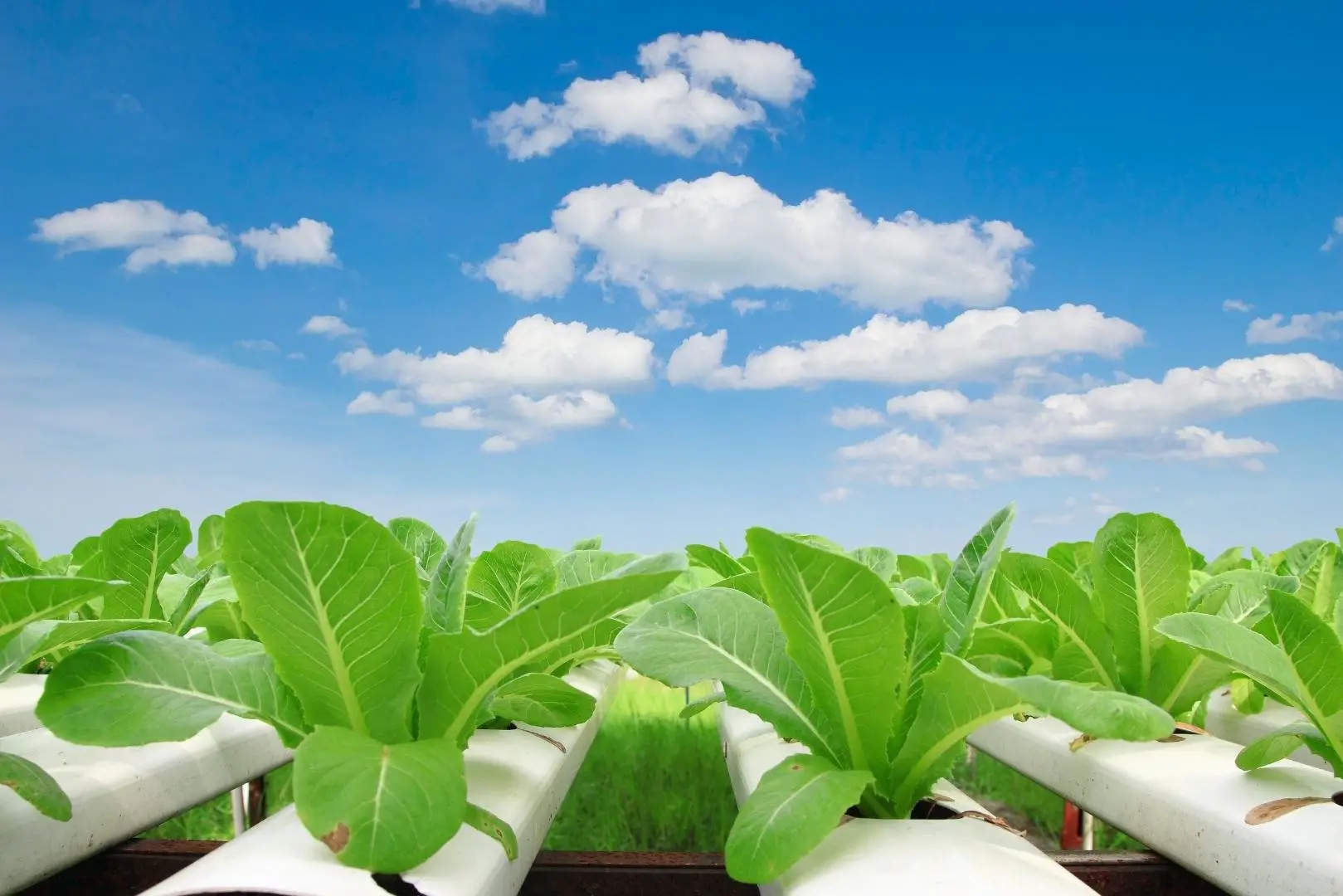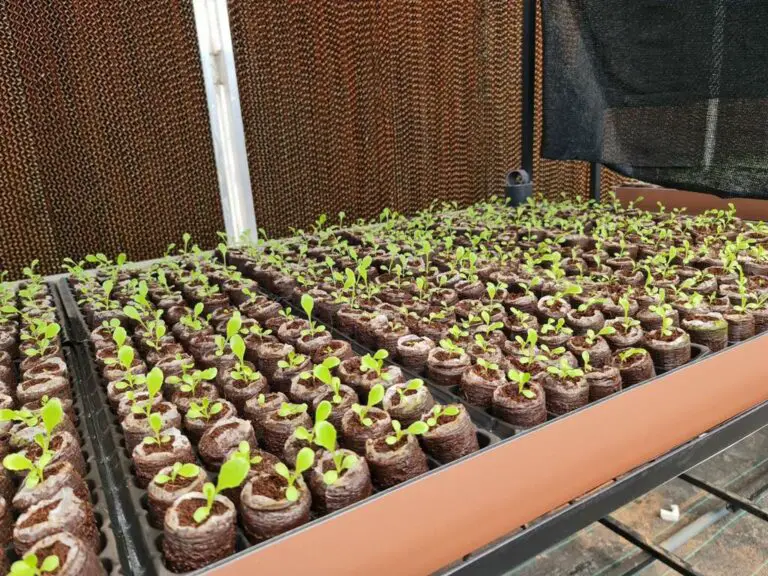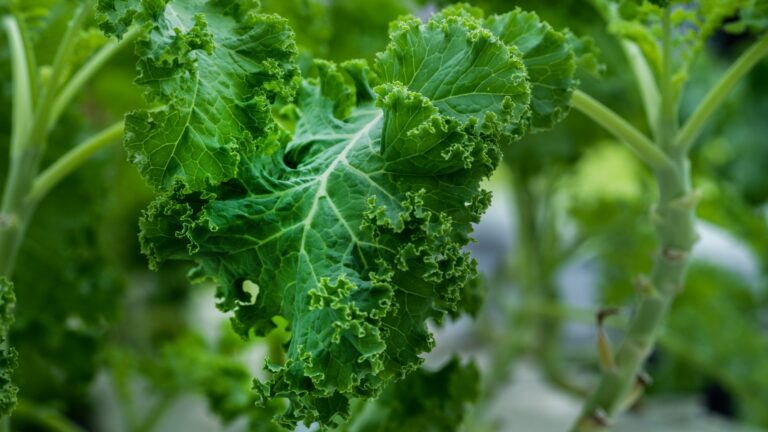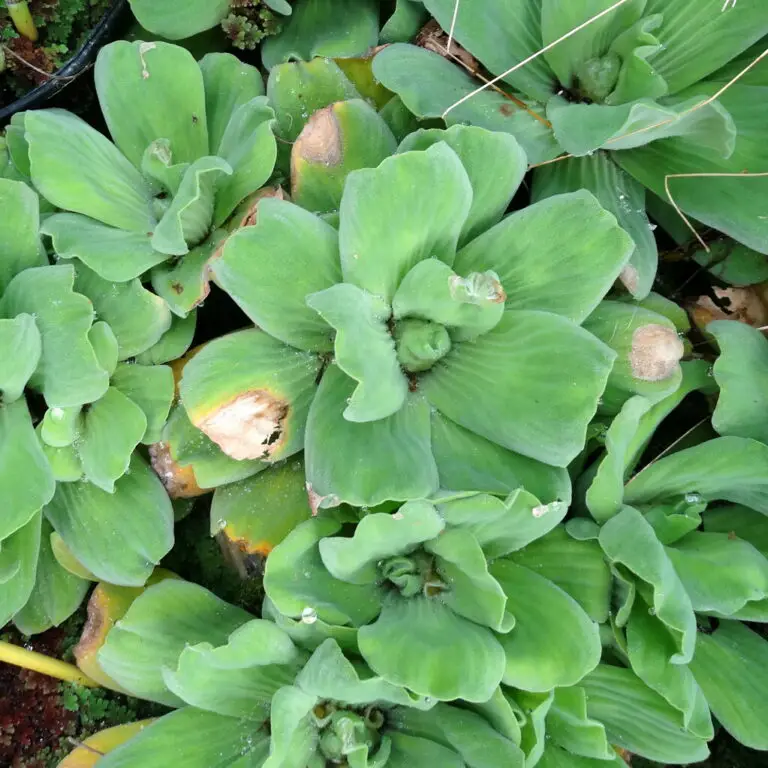NPK for Hydroponics: How It Works and Why It Matters?
Disclosure: Your purchases through our links may earn us a small commission, supporting our site’s ability to provide valuable information to our readers. Rest assured, it won’t impact your price. Thank you for your support.
NPK for hydroponics is a hot topic in the gardening world right now.
If you’re looking to create healthy, thriving plants, you need to know about NPK.
This blog post will discuss NPK and how it applies to hydroponic gardening. We will also look at some of the reasons why NPK is so important for hydroponics!
What Are NPK Numbers Stand For?
N-P-K stands for Nitrogen (N), Phosphorus (P), and Potassium (K). These are the three most essential nutrients for plants. The numbers in NPK represent how much of each nutrient is in the fertilizer. For example, a 15-30-12 fertilizer would have 15% nitrogen, 30% phosphorus, and 12% potassium.
Why Only NPK? What about the Rest?
NPK are the three primary macronutrients that plants need in larger quantities to grow. These three nutrients are essential for all plant life and are found in nature. That’s why most fertilizers only contain NPK, as they are simpler and more affordable.
Carbon(C), Hydrogen(H), and Oxygen(O) are also macronutrients plants need.
Calcium, magnesium, and sulfur are secondary nutrients are those that are required in smaller quantities than the primary essential nutrients.
Boron, Chlorine, Copper, Iron, Manganese, Molybdenum, and Zinc are micronutrients required in tiny amounts compared to primary or secondary nutrients.
Different plants have different nutrient needs, so it is important to use a fertilizer specific to the type of plant you are growing. NPK fertilizers come in different ratios, so it is essential to read the label to ensure you are providing the proper nutrients for your plants.
For example, some tomatoes and roses need more phosphorus than nitrogen. Iron is much required for plants such as hibiscus and palms. Zinc is essential for plants such as cucumbers and squash.
Related:
13 Nutrients Required for Hydroponic Plants
How to Grow Hydroponic Cucumber: Step-by-Step Guide
How to Grow Hydroponic Tomatoes for the Absolute Beginner?
How Does NPK Function in Hydroponics?
NPK is essential for plant growth in both soil and hydroponic gardens. NPK helps improve the soil’s texture in soil gardens and makes it more hospitable for plants. It also helps feed the soil’s microbes, which are essential for healthy plant growth.
NPK is even more important in hydroponic gardens because plants don’t have access to natural nutrients in the water. NPK provides all of the nutrients that plants need to grow big and strong!
Nitrogen (N) spurs vigorous, leafy growth and rich green color. Phosphorus (P) focuses energy on strong root development and flowers, fruits, and seeds. Potassium (K) enhances overall growth. [Source]
Without NPK, plants will not be able to grow healthy and strong. That’s why it’s so important to use a fertilizer that contains all three of these essential nutrients!
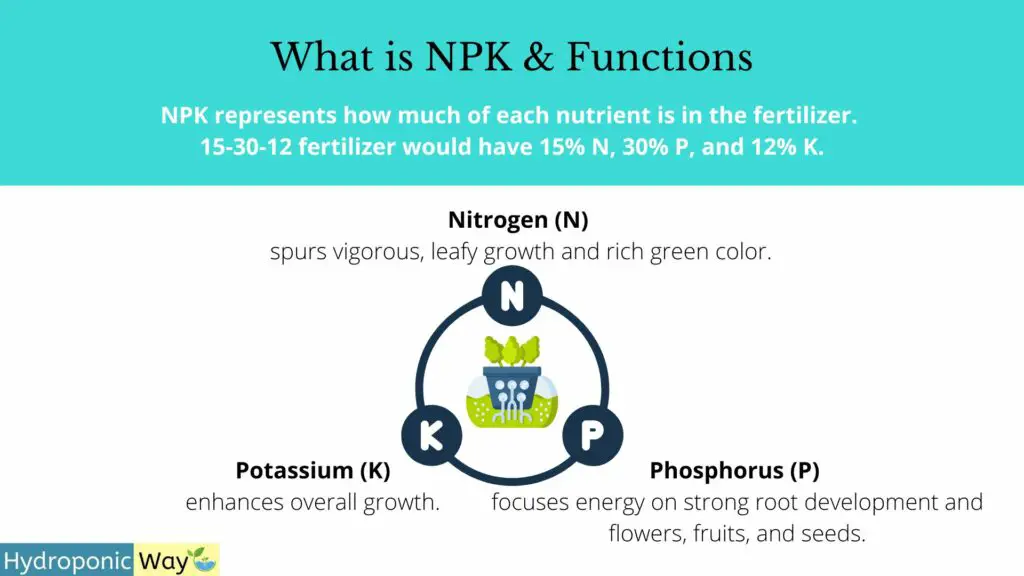
Also, read Do Grow Light Colors Matter? for getting knowledge in grow light colors.
The Benefits of Understanding and Using NPK for Hydroponics
There are many benefits to using NPK in your hydroponic garden.
NPK helps to improve plant growth, yield, and quality. It also helps to prevent nutrient deficiencies and diseases.
The benefits of knowing the NPK value of a plant are that you can better understand how to care for the plant and what type of fertilizer to use. By understanding the NPK value, you can ensure that the plant is getting the proper nutrients to grow healthy and strong.
Additionally, knowing the NPK value can help you troubleshoot problems with a plant. For example, if any plant is not growing well or has yellow leaves, you can look at its NPK value to determine if it is deficient in one of the nutrients. This can help you address the problem and get your plant back on track.
So, if you are interested in being a better gardener, then knowing the NPK value is an excellent place to start. It is an easy way to understand what your plants need and how to care for them.
How to Know NPK Ratios for Your Plants?
To do this, you need to know the type of plant you are growing and its growth stage. You can find this information in most gardening books or online. Once you have that information, mix the proper NPK ratio for your plants.
Calculating the correct NPK ratios for your plants is vital for getting the best results.
How to Mix and Use NPK for Your Plants?
Mixing and using NPK for your plants is simple. Just follow these steps:
- Measure the recommended amount of NPK for your type of plant and stage of growth.
- Pour the fertilizer into a watering can or other containers.
- Water your plants with the fertilizer solution.
- Repeat this process once or twice a week, depending on your plant’s needs.
How to Adjust Your NPK Ratios Depending on the Stage of Growth Your Plants Are In?
Adjusting your NPK ratios depending on your plants’ growth stage is an important step in keeping them healthy and thriving. Plants have different nutrient requirements at various stages of growth, so it’s important to make sure you’re providing them with the right amounts of NPK.
For example, young plants need more nitrogen than phosphorus or potassium in their growth stage. In contrast, mature plants need more phosphorus and potassium than nitrogen during and after the production stage.
When you are mixing your NPK solution, make sure to adjust the ratios accordingly to ensure that the plants get the right nutrients they need
5 Top Tips for Keeping Your Plants Healthy and Thriving with Proper NPK Levels
Following these top tips will help you maintain your plants healthy and thriving with proper NPK levels:
- Make sure to measure and mix your NPK correctly.
- Water your plants regularly and evenly, making sure to get the fertilizer solution onto all of the leaves.
- Monitor your plant’s growth and adjust your NPK ratios as needed.
- Keep a close eye on your plants for signs of nutrient deficiencies or diseases, and take corrective action.
- Feed your plants at least once a week, depending on their growth stage.
Related:
How to Measure EC, pH, DO and Temperature in a Hydroponic System
What EC Means for Hydroponics
In Conclusion.
The benefits of understanding and using NPK for hydroponics are many. By knowing the NPK value, you can ensure that your plant is getting the right nutrients to grow healthy and strong. Additionally, adjusting your NPK ratios depending on the growth stage will help keep them healthy and thriving with proper nutrient levels.
Providing your plants with the right NPK levels is an important part of gardening, so make sure to follow the said top tips!
Do you need organic nutrients for your hydroponic garden. Click here to review and select the best nutrient product suitable for your need.
Thank you for reading!
Also, read:
10 Essential Tools for Indoor Home-Based Hydroponic Gardeners.
How to Grow Hydroponic Plants with Coco Coir?
How to Choose the Right Grow Light for Hydroponic Plants?
Coco Peat vs Coco Coir: What’s the Difference?

